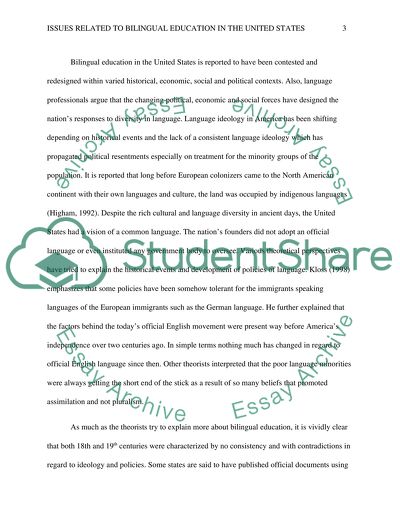Cite this document
(“Issues Related to Bilingual Education in the United States Case Study”, n.d.)
Retrieved from https://studentshare.org/education/1672188-issues-related-to-bilingual-education-in-the-united-states
Retrieved from https://studentshare.org/education/1672188-issues-related-to-bilingual-education-in-the-united-states
(Issues Related to Bilingual Education in the United States Case Study)
https://studentshare.org/education/1672188-issues-related-to-bilingual-education-in-the-united-states.
https://studentshare.org/education/1672188-issues-related-to-bilingual-education-in-the-united-states.
“Issues Related to Bilingual Education in the United States Case Study”, n.d. https://studentshare.org/education/1672188-issues-related-to-bilingual-education-in-the-united-states.


